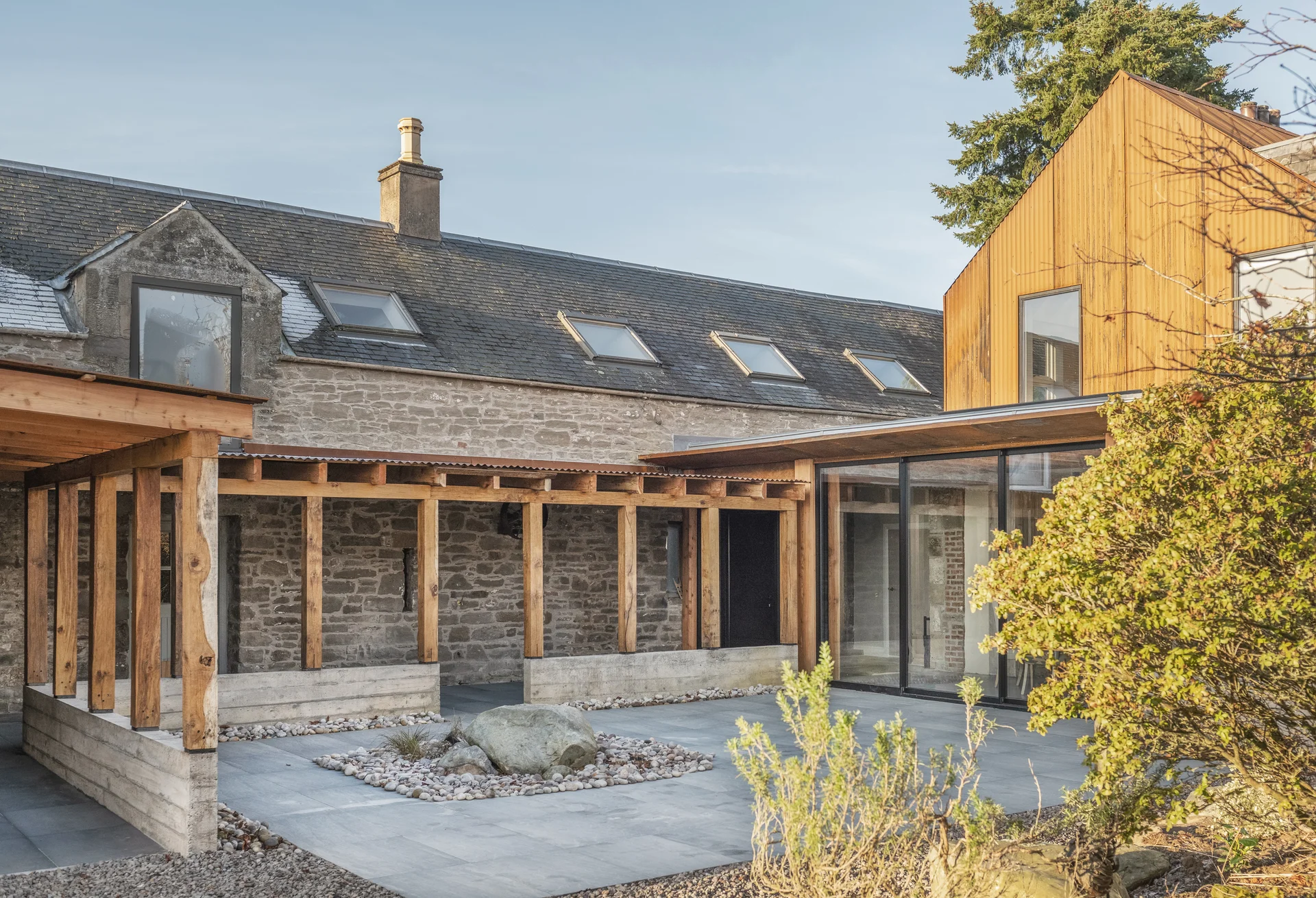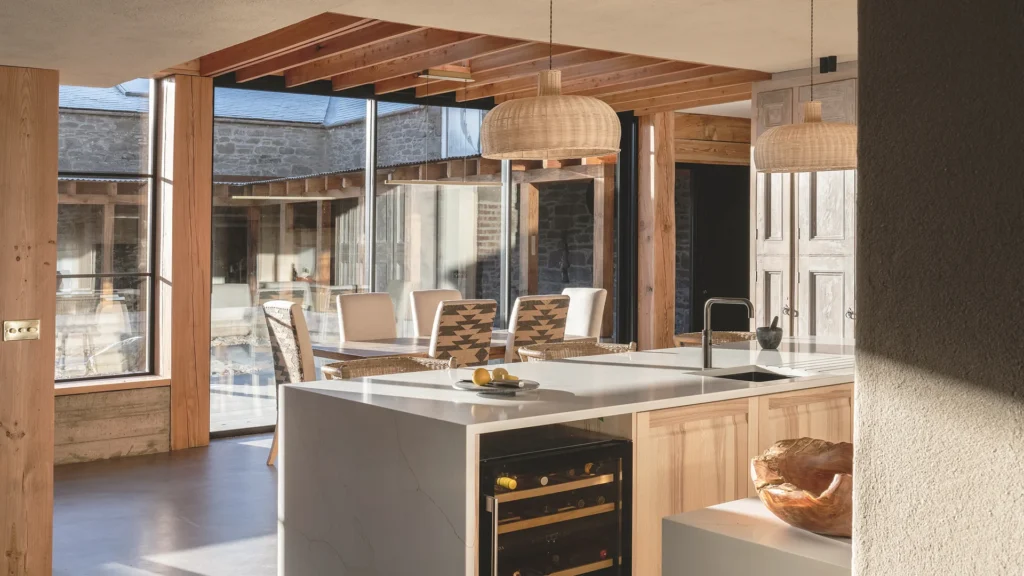As architects, staying informed about the latest planning permissions and regulations is crucial for guiding clients through the complexities of development projects. Two planning permission categories that have gained significant attention in recent years are Class Q and Class R. These permitted development rights (PDRs) offer exciting opportunities for repurposing existing buildings.
The 21st of May this year marks the date that updated guidance on permitted development rights over conversion of agricultural buildings (Class Q) comes into force. We take an in-dept look at the changes and the implications for undertaking such projects.
What is Class Q?
Class Q allows the conversion of agricultural buildings into residential dwellings without the need for a full planning application. This can be a great way to repurpose underutilised agricultural structures. The guidance was updated on 30th April 2024 and takes effect from 21st May 2025 so its worth knowing what the changes now mean.
Key Points about Class Q:
- The total amount of space you can convert is up to 1000m2
- The maximum size of a single dwelling is 150m2.
- Class Q does allow up to 10 individual dwellings, but to stay in the 1000m2 rule each dwelling would then be 100m2.
- The existing building must, in structural terms be capable of functioning as a dwelling and must be capable of a conversion.
- The 10 year rule has been reset meaning the building must have been in place only since 24th July 2023. This brings a lot more buildings into scope for development.
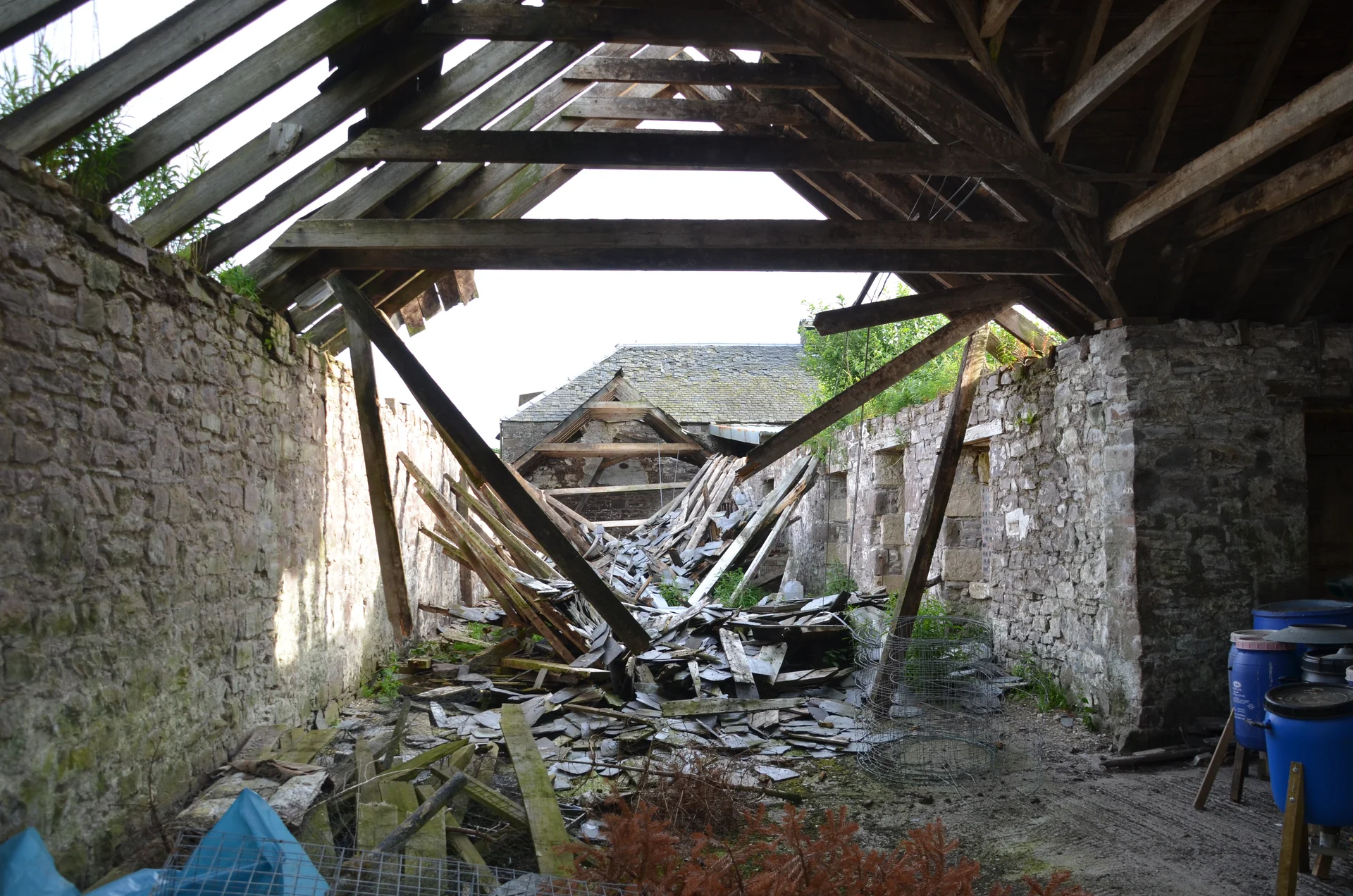
What is Class R?
Class R is a less commonly known but equally valuable category of permitted development rights. Recently it has been brought into the headlines by Clarkson’s Farm. Under Class R, buildings used for agricultural purposes can be converted into offices or commercial spaces without needing full planning permission. Diversification in farming is becoming more and more common, and this is an option worth considering for agricultural structures that are no longer serving their original purpose but have potential for new commercial use.

Key Points about Class R:
- As of April 2024 the allowable floor space has increased from 500m2 to 1000m2.
- As with Class Q, external alterations are limited under Class R. The building must maintain its agricultural character, and the conversion should not significantly alter the appearance of the structure.
- Similar to Class Q, Class R comes with conditions on the structure’s suitability for conversion and restrictions on the extent of alterations that can be made.
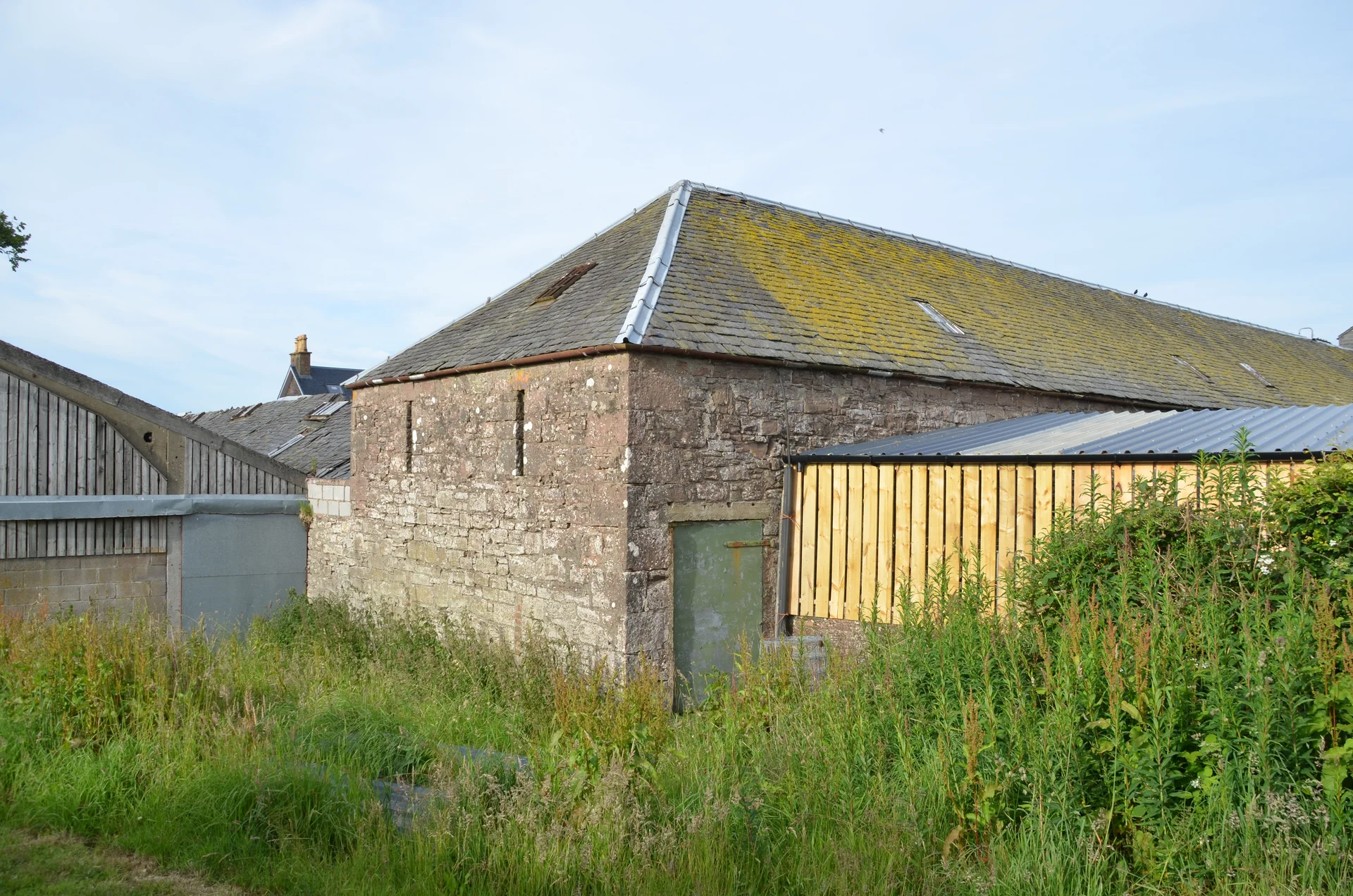
I have an old barn I have often thought of developing what does this permit me to do?
If your barn meets the structural eligibility requirements, the first step is to decide whether you’re aiming for a residential conversion (under Class Q) or a commercial use (under Class R). In some cases, a site may be suitable for both, but this requires a well-considered planning strategy.
Understanding your long-term goals for the site, whether that’s creating a home, generating rental income, or supporting a business, will help shape the right approach and ensure the development adds value.
What are the other practical considerations?
Although our focus has been on the structure of the existing building there are other factors that will be considered:
- Access, is there already a road or track to the building?
- Services, is there electricity, water and sewage available? If not where is the closest connection points or does an off grid solution need to be considered?
- Ground contamination, if the barn has been used for agriculture for many years there could be ground contamination and a testing maybe required.
- Ecology, rural properties often host a range of wildlife. Depending on the location, you might need to carry out an ecological survey to make sure no protected species or habitats are affected during the conversion.

Do class Q and Class R mean that I cannot get consent for a single dwelling house?
No, class Q and class R are designed to be a more streamlined process of achieving permission. That does not mean they prevent you for applying for full planning. Full planning permission gives you greater flexibility and would allow you to overcome any restrictions that Class Q or Clad R apply. Such as:
- Structural capability, if your building does not meet the structural requirements for conversions then a full planning application can overcome this.
- Design, you may want a more design led approach that is not possible with Class Q or Class R.
- Size, a full planning application may enable you to expand or alter the building beyond the size limits imposed by Class Q or Class R
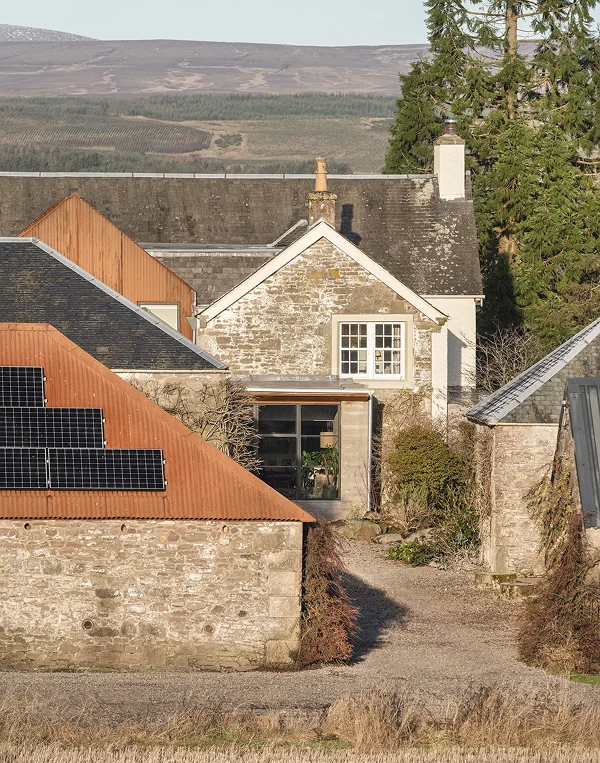

How do I get the process underway
If you believe you have building that is fit for development, then we are your first port of call. We are happy to guide you through the very first steps but there are some initial questions that are worth considering:
- What are you looking to achieve, do you want a residential property or a commercial space? Is this for personal use, a rental, or to sell?
- Project budget, understanding your budget helps us develop a project brief that aligns with your expectations
- Project details, location, people involved, any specific requirements to ensure the project fills your needs.
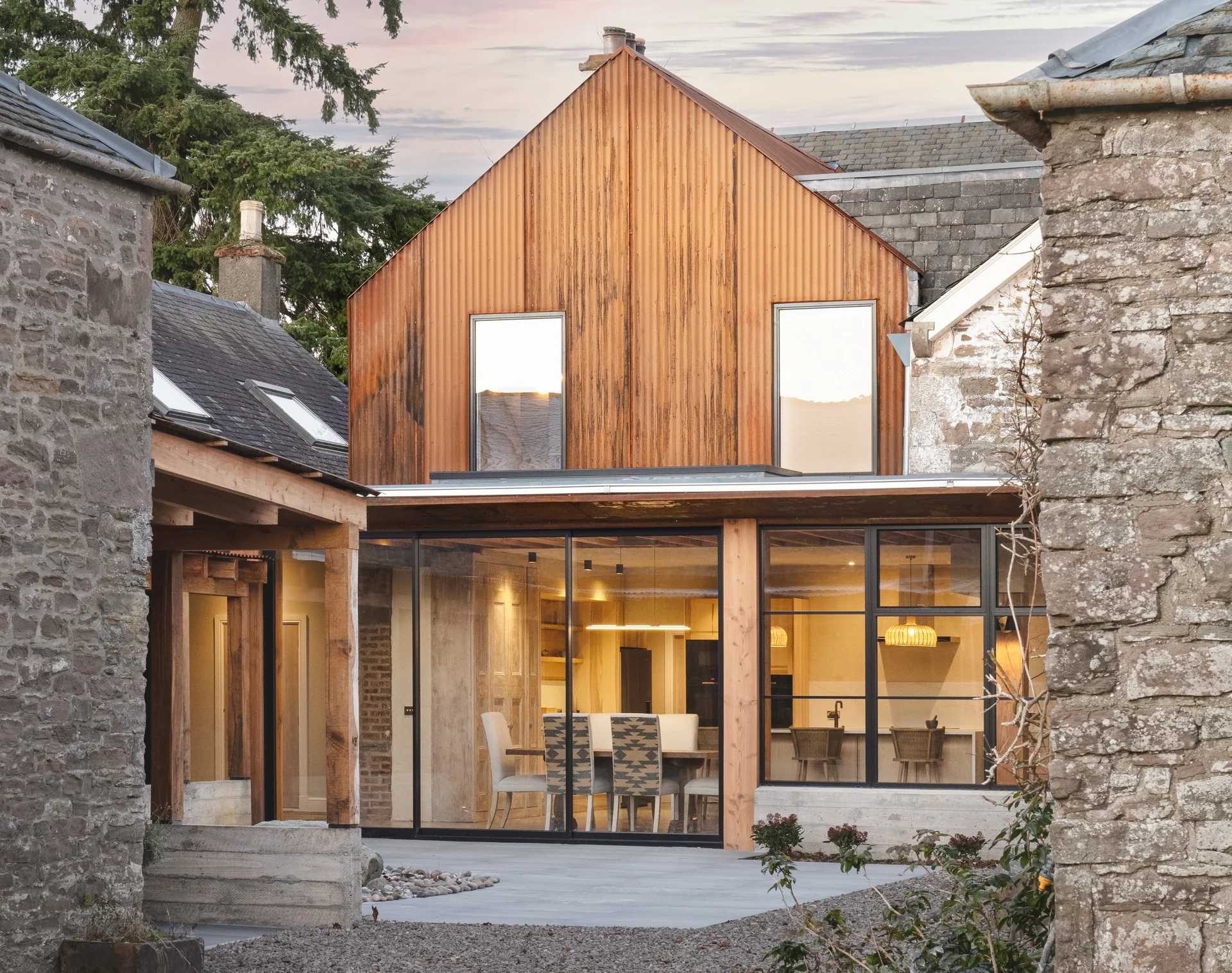
At Mallett we have recently obtained planning and completed on a number of agricultural conversions:
- Old Larch
- Rusty Oak
- Puthill barn
Do get in touch [email protected]
